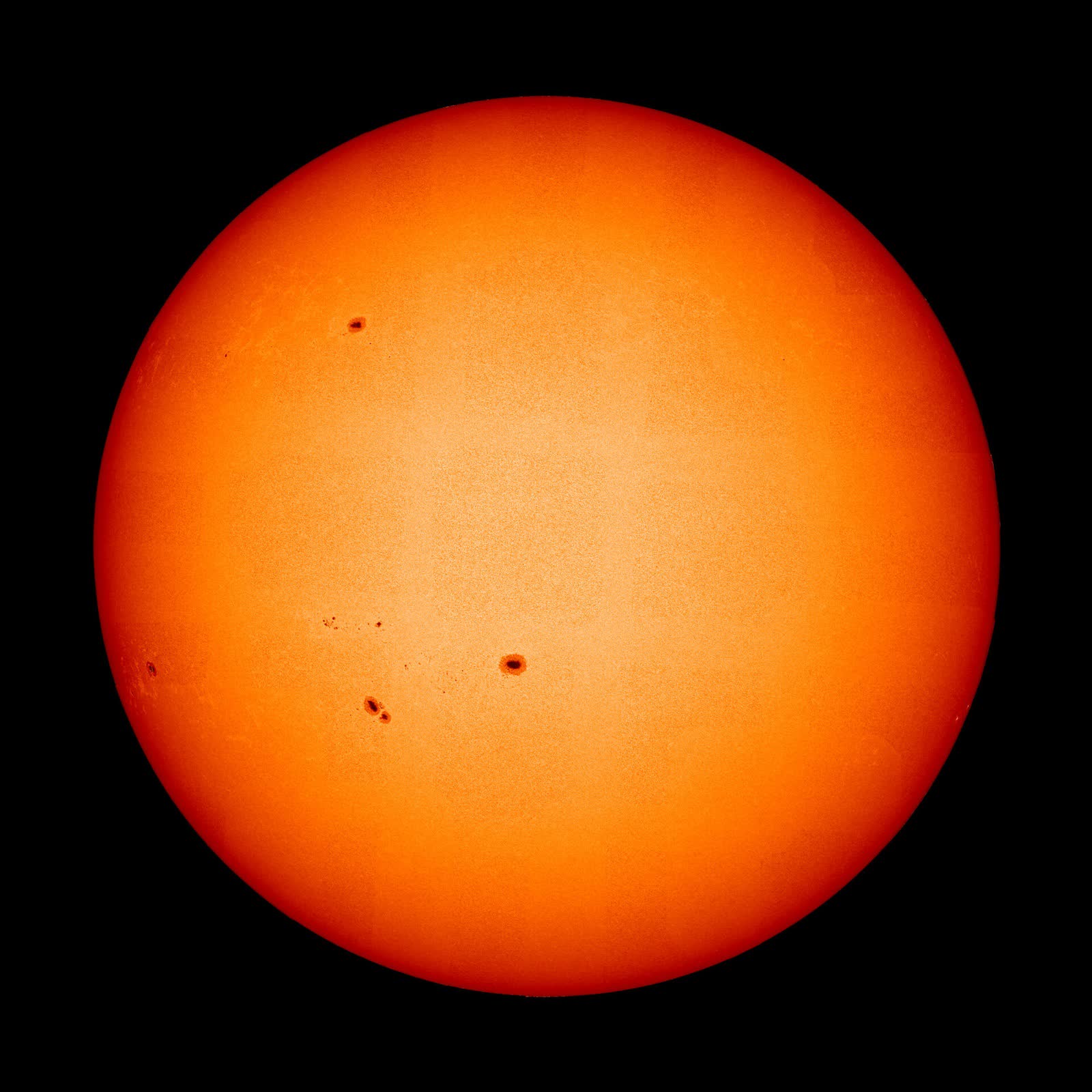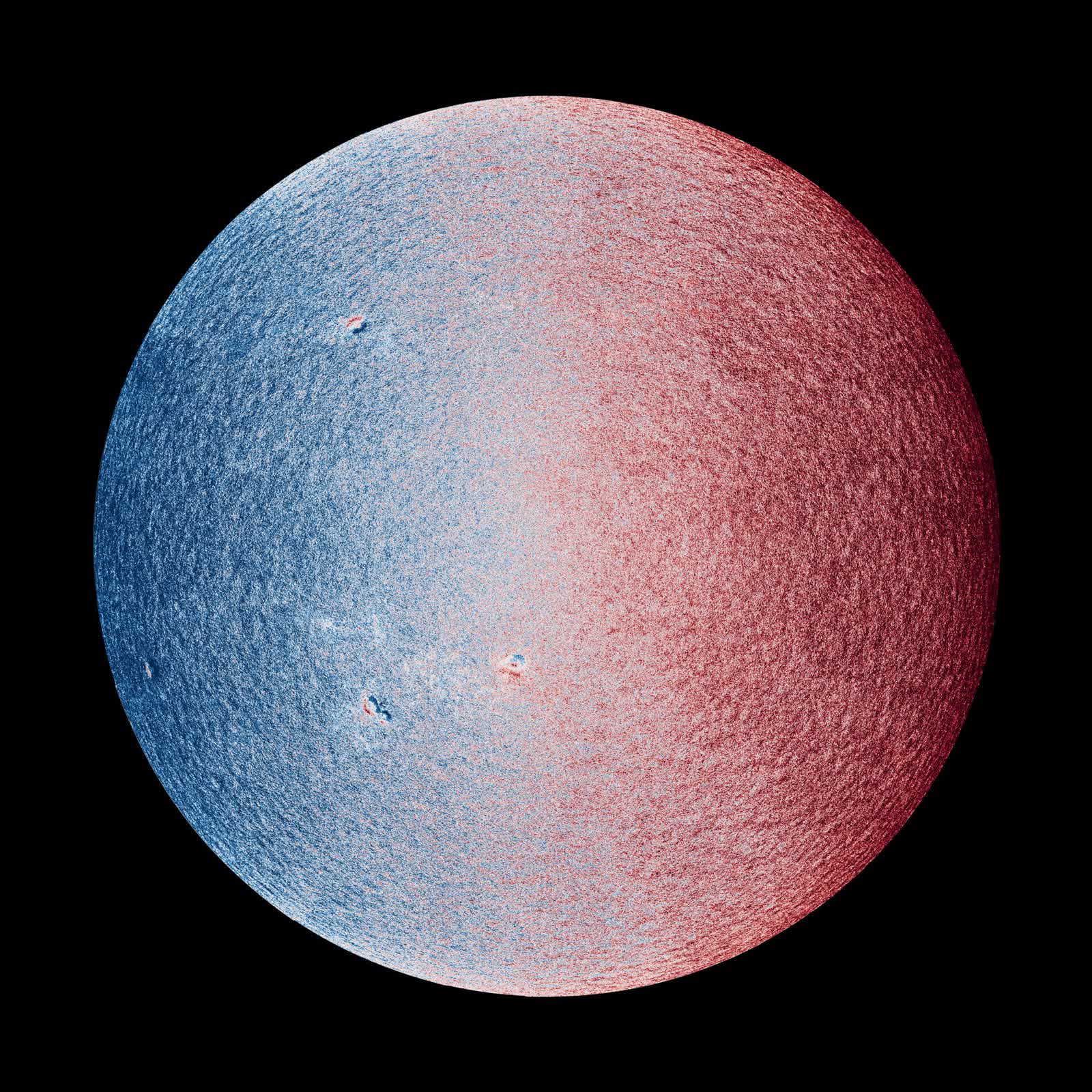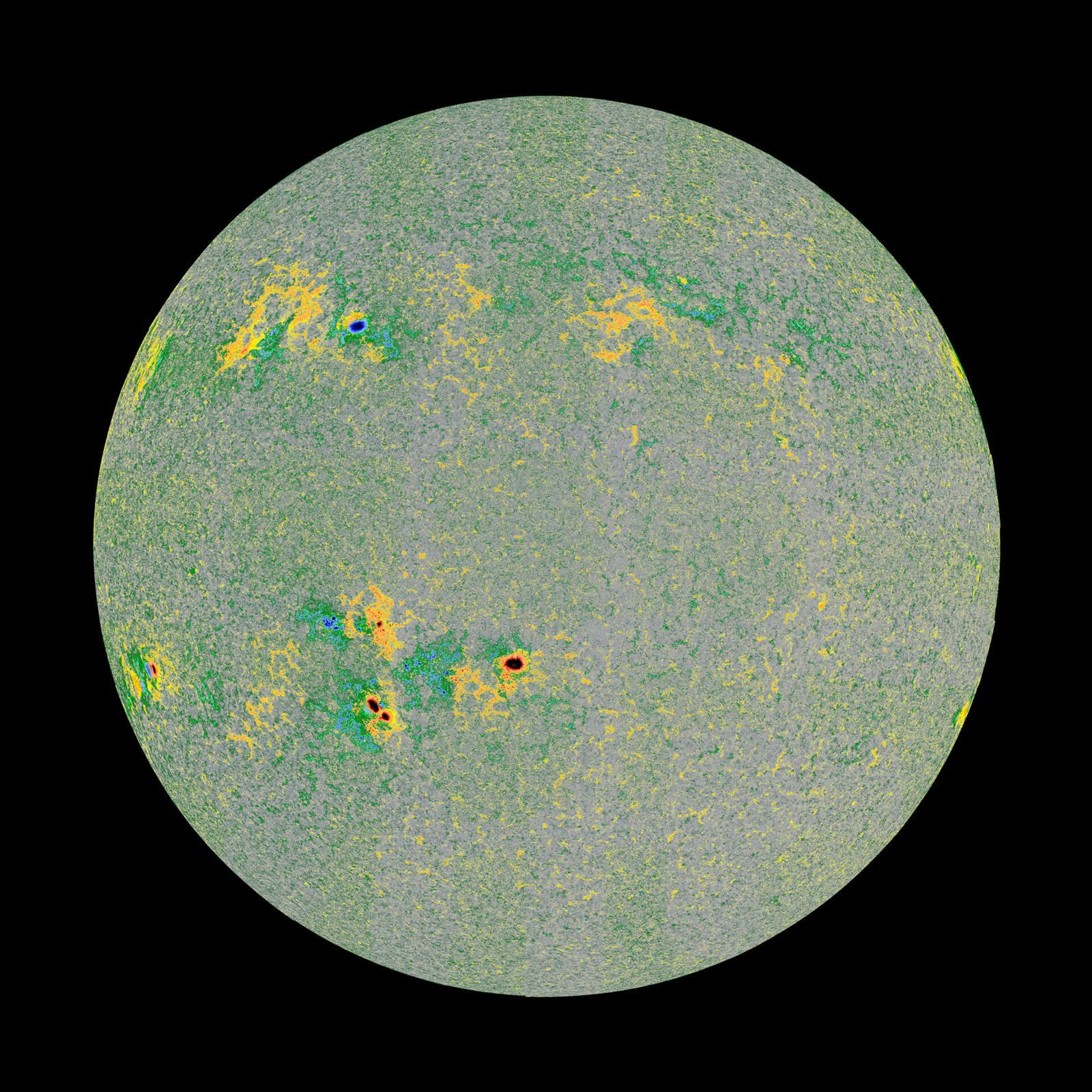Serving tech enthusiasts for over 25 years.
TechSpot means tech analysis and advice you can trust.
In brief: The Solar Orbiter’s ongoing mission to the Sun has unlocked invaluable information for researchers during its spiral around our star. The mission has already transformed our understanding of solar physics and its implications for our planet and space exploration. The probe’s latest scientific contributions are some stunning, high-resolution composite images.
The European Space Agency-led Solar Orbiter mission has captured the highest-resolution full views of the Sun’s visible surface. The images, taken in March 2023, provide a multilayered perspective from the Sun’s visible surface to its outer atmosphere. The photos reveal intricate details of the Sun’s magnetic field and plasma movements, shedding new light on solar phenomena.

Launched in 2020, the Solar Orbiter has six advanced imaging instruments, each designed to observe different aspects of the Sun. The Polarimetric and Helioseismic Imager (PHI) and the Extreme Ultraviolet Imager (EUI) are two key instruments responsible for these latest images.
The PHI captures images in visible light, measures the direction of the magnetic field, and maps the speed and direction of surface movements. The EUI images the Sun in ultraviolet light, revealing the structure of the Sun’s outer atmosphere, known as the corona.

The images are composites of 25 individual captures taken on the same day. They include a visible light image showing the Sun’s photosphere in unprecedented detail, a magnetic field map revealing complex patterns of the Sun’s surface magnetic field, a plasma flow map illustrating the movement of plasma on the Sun’s surface, and an ultraviolet image displaying the Sun’s corona with superheated plasma extending from sunspots along magnetic field lines.
The Solar Orbiter captured the images at approximately 74 million kilometers from the Sun, a relatively close distance for solar observation.
“The Sun’s magnetic field is key to understanding the dynamic nature of our home star from the smallest to the largest scales,” said Solar Orbiter Project Scientist Daniel Müller. “These new high-resolution maps from Solar Orbiter’s PHI instrument show the beauty of the Sun’s surface magnetic field and flows in great detail. At the same time, they are crucial for inferring the magnetic field in the Sun’s hot corona, which our EUI instrument is imaging.”

The Solar Orbiter mission aims to investigate several critical aspects of the Sun, including the mechanism behind solar wind, the complex dynamics of the Sun’s magnetic field, and solar eruptions such as flares and coronal mass ejections. These latest images represent a significant step forward in achieving these objectives. Scientists can study the intricate interplay between the Sun’s magnetic field and its various layers.
They also enable researchers to study small-scale magnetic structures and their evolution, analyze the connection between surface phenomena and coronal activities, and improve models of solar dynamics and space weather predictions. Scientists expect the Solar Orbiter to provide even more detailed observations, particularly during its closest approaches to the Sun.
If you’re interested, the ESA has a cool image viewer that allows users to zoom in and out of the full-resolution images. Be patient, though. The images can take several seconds to load, depending on the speed of your connection.















